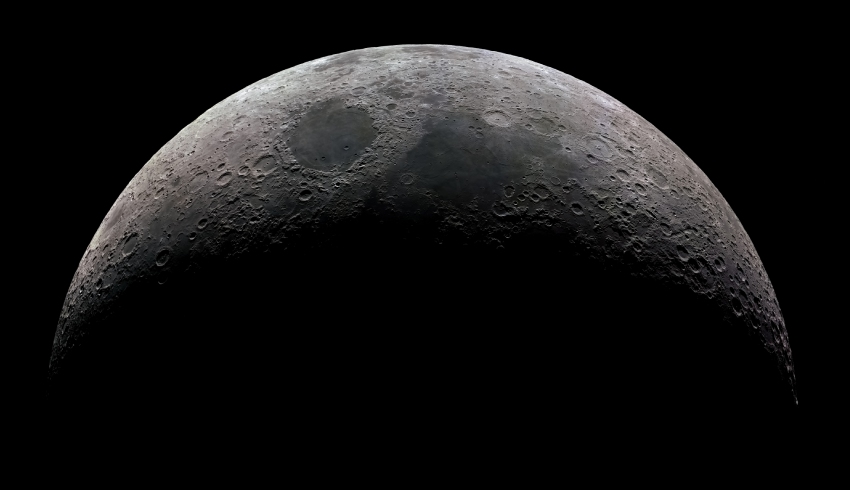According to Bill Gray, who spearheaded the discovery and runs Project Pluto – a company that supplies astronomical software for commercial and independent customers – the debris will likely collide with the moon on 4 March.
Along with other observers, Gray found that the roughly four-tonne object will hit the moon at approximately 2.58 kilometers per second, give or take.
It will likely impact the lunar surface at 12:25:58 Universal Time, Gray’s report said.
The space junk is from the first interplanetary mission SpaceX launched in 2015, when the second stage of a Falcon 9 did not have enough fuel to return to Earth.
SpaceX is typically known for its reusable rockets and disposal of upper stages after use, but this technology was not inaugurated at the time of the launch.
According to Gray’s report, on 1 January, the object did a “close-ish fly-by” before climbing to apogee, and then passed about 9,500 kilometres from the moon days later.
From 15-21 January, the rocket returned in view from ground but then “swung around the earth”, making it impossible to observe.
Gray expects the object to return from 7-8 February for another close fly-by.
“I expect it will get some more observations then, which will let me compute an improved orbit,” he said in the report.
“After that, it'll again be too close to the sun to observe from Earth. It will go out in a considerably higher loop, well past the moon, then come in to hit the far side of the moon on March 4.”
The impact would be the first unintentional case of an object hitting the lunar surface, Gray says.
In 2009, NASA launched a spacecraft – the Lunar Crater Observation and Sensing Satellite – to the moon to further detect its polar origins, shortly after water was discovered by India’s Chandarayaan-1 in September.
Gray said that while he would be more certain of the impact if it was a rock compared to space junk, he believes a “fairly mathematical model” ensures his predictions are correct.
He hopes the impact will hit the near side of the moon which would be visible from Earth but said “we'd have to get very lucky for that”.
“When you think that this is the first unintended lunar impact we've had, period, the level of luck required increases.”
SpaceX in collaboration with NASA is set to launch astronauts to the moon in 2025 as part of the Artemis mission.

Isabella Richards
Bella Richards is a journalist who has written for several local newspapers, her university newspaper and a tech magazine, and completed her Bachelor of Communications (Journalism) at the University of Technology Sydney in 2020. She joined Momentum Media in 2021, and has since written breaking news stories across Space Connect, Australian Aviation and World of Aviation.
You can email Bella on: [email protected]

